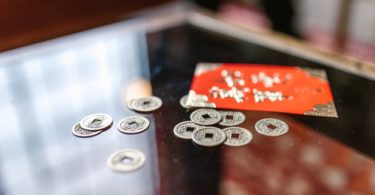Wall Street busted through its latest milestone Tuesday, when the Dow Jones Industrial Average topped 30,000 for the first time.
It’s an attention-grabbing psychological threshold, and it’s an encouraging signal that the market’s rally is broadening beyond the handful of stocks that carried Wall Street through the pandemic. But the Dow at 30,000 means less to most investors’ 401(k) accounts than the fact that broader market indexes are also at record highs.
Here’s a look at how the Dow has rallied to its latest multiple of 10,000, the first time that’s happened since January 2017, and what it means for investors.
WHAT IS THE DOW, EXACTLY?
It’s a measure of 30 companies, mostly blue-chip stocks spread across a range of industries. They include tech stars like Apple and Microsoft, as well as more traditional industrial companies like Boeing and Caterpillar. Other behemoths in the Dow include Nike and The Walt Disney Co.
Unlike many other measures of the market, the most important thing for the Dow is how big a stock’s price is, not how much a company is worth in total. That means a 1% move for UnitedHealth Group has a bigger effect on the Dow than the same movement for Apple, even though Apple is worth more than six times the insurer. That’s because UnitedHealth Group’s stock price is $337.51, versus $114.92 for Apple, due to having a smaller number of total shares.
HOW BIG A DEAL IS DOW 30,000?
It’s just an arbitrary number, and it doesn’t mean things are much better than when the Dow was at 29,999. What’s more impactful is that the Dow has finally clawed back all its losses from the pandemic and is once again reaching new heights. It is up 61.3% since dropping below 18,600 on March 23.
It took nearly nine months for the Dow to surpass the record it had set in February, before panic about the coronavirus triggered the market’s breathtaking sell-off.
WHAT GOT THE DOW THIS HIGH?
The Dow’s rocket ride to 30,000 got big boosts from the Federal Reserve, which slashed short-term interest rates back to roughly zero and took other measures to stabilize financial markets, and Congress, which came through with trillions of dollars of financial aid for the economy.
Full story on MarketBeat.com




Leave a Comment